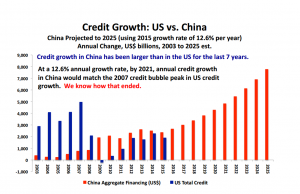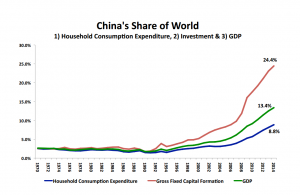Wolf Richter
wolfstreet.com,
www.amazon.com/author/wolfrichter
How the government deceives us on inflation, as housing costs soar.
For inflation lovers, the headline numbers that the Bureau of Labor
Statistics reported today was benign: The Consumer Price Index for All
Urban Consumers (CPI-U) rose 0.2% in May, seasonally adjusted. Over the
last 12 months, not seasonally adjusted, the index rose 1.0%.
The Atlanta Fed’s “sticky-price” CPI – “a weighted basket of items
that change price relatively slowly,” as it says – wasn’t quite that
benign. It rose 2.6% for the 12-month period, the hottest increase since
April 2009!
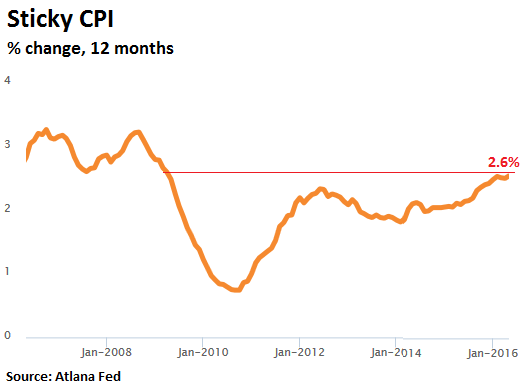
So prices are rising. Not that
this is a surprise to anyone trying to make ends meet on a monthly
basis. But now even the official numbers are beginning to limp behind
reality.
The report by the BLS had a mix of rising and falling prices. Energy
got more expensive. The price of oil has jumped since February, and so
the price of gasoline rose 2.3% in May, seasonally adjusted, after
having soared 8.1% in April. Without seasonal adjustment, it jumped 6.6%
in May. Fuel oil jumped 6.2%, natural gas rose 1.7%, electricity edged
down 0.2%. But the energy index is still below last year with gasoline
down 16.9%. So yes, energy prices are rising, but they’re still down
from a year ago.
That cannot be said of rents.
The Consumer Price Index contains two housing components: “Owners’
equivalent rent of primary residence” (OER) and “rent of primary
residence” (Rent). They purport to measure the cost of “Shelter,” which
is the “consumption item” that a home provides and is thus included in
the CPI. The cost of the home itself and any improvements to the home
are considered an “investment,” not consumption, and therefore not part
of the CPI.
“Owners’ equivalent rent” accounts for 24.2% of total CPI. “Rent of
primary residence” accounts for 7.7% of CPI. Combined they account for
31.9% of CPI. “Shelter,” which adds those two and some other items,
accounts for 33.2%, by far the largest and most important component of
the CPI.
The data are obtained by survey. For “owners’ equivalent rent,”
homeowners are asked what they think they would have to pay if they were
renting the home. A measure of implicit rent. Would homeowners think
that rents of their types of homes are increasing? Nope. They’re not
renting. They have no idea. They can easily fool themselves.
Based on the surveys, the BLS figured the “owners’ equivalent rent”
rose 3.3% year over year. That measure accounts for 24.2% of CPI. It is
always ludicrously low. It’s the simplest way of hiding the impact of
soaring housing costs, and the simplest way of keeping CPI artificially
low.
For the component “rent of primary residence,” renters are asked what
they’re currently paying in rent. Even if they’ve lived in a
rent-controlled apartment for 20 years and pay just a fraction of market
rent, it becomes part of the statistics, and not the rent that a new
renter pays. Market rent data is available everywhere. But no. So “rent
of primary residence” – however understated it may be – rose 0.4% from
April and 3.8% from a year ago, the biggest year-over-year increase
since January 2008:
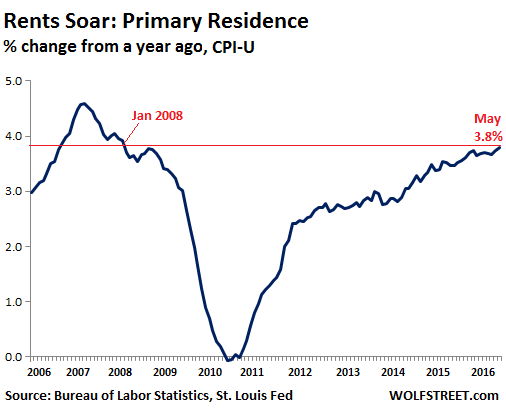
Over the longer term? In the five-and-a-half years since September
2010, the index for rent, understated as it is, has risen 18.5%:
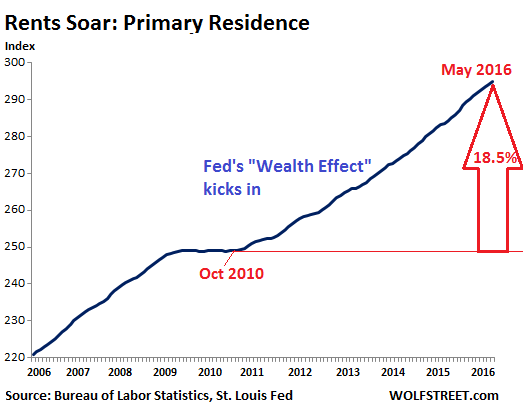
Why are rents rising sharply when incomes, especially for the lower
80%, have languished? It’s not like renters have more money to blow on
rent and thus are driving up rents. On the contrary.
Since the Fed began its ZIRP and QE programs with the express goal of
inflating asset prices, stocks and bonds have soared, home prices have
soared, commercial real estate has soared, including apartments. Nearly
all asset prices have soared. According to the Green Street Commercial
Property Price Index (
CPPI), commercial real estate prices have
more than doubledsince May 2009, when the Fed’s “wealth effect” started to kick in:
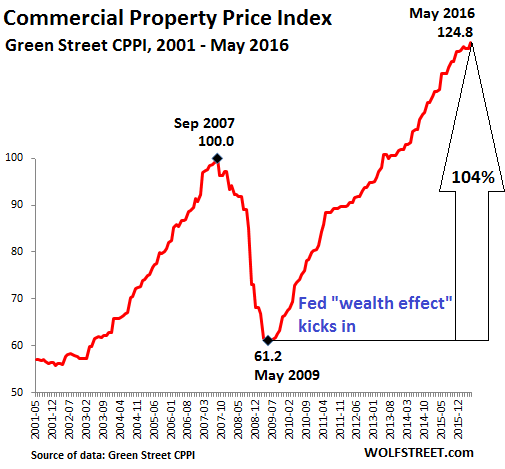
People don’t have to live in stocks and bonds, and those asset
bubbles have little impact on the daily lives of regular folks. But they
do live in homes.
But when apartment prices, along with the rest of commercial real
estate, began to soar, landlords raised rents, on the essential logic of
cap rates and return on investment. It has to work out for the
investor, or else the whole over-leveraged house of cards comes tumbling
down again, as it did in 2008.
Housing costs is where the Fed’s “wealth effect” is eating the lunch
of regular folks. More than just their lunch. They’ve gotten
hammered
by the Fed’s policies. Just like savers, who’ve done the prudent thing
all their lives, only to watch their income streams get confiscated.
Rents started rising in late 2010, according to the BLS. The
commercial real estate boom had started 9 months earlier. The lag is
natural. And rent inflation, as figured by the BLS, hasn’t been nearly
as steep as commercial property price inflation, for two reasons: One,
because the BLS systematically understates rent inflation. And two,
because reality bites; renters can be squeezed only so far before
there’s nothing left to squeeze.
For many renters, it’s a zero-sum affair: every dollar spent on rent is a dollar
not
spent on other items. In this way, rent inflation is a transfer of
spending from healthcare, food, or electronic gadgets, to shelter. It’s
not helpful for the overall economy. And it’s devastating for the people
who have to struggle with it.
Sooner or later, with wages stagnant for many renters, market
resistance starts kicking in. And this may now be happening in the first
few cities, and a mega-landlord is preparing for a downturn. Read…
It Starts: Apartment Glut in San Francisco & New York City














 Martin
Hill is a Catholic paleoconservative and civil rights advocate. His
work has been featured in the Los Angeles Daily News, San Gabriel Valley
Tribune, The Orange County Register, KNBC4 TV Los Angeles, The Press
Enterprise, LewRockwell.com, WhatReallyHappened.com, Infowars.com,
PrisonPlanet.com, Economic Policy Journal, TargetLiberty.com,
FreedomsPhoenix, Haaretz, TMZ, Veterans Today, Jonathan Turley blog, The
Dr. Katherine Albrecht Show, National Motorists Association,
AmericanFreePress.net, RomanCatholicReport.com, WorldNetDaily,
HenryMakow.com, OverdriveOnline.com, Educate-Yourself.org,
TexeMarrs.com, Dr. Kevin Barrett's Truth Jihad radio show,
Strike-The-Root.com, Pasadena Weekly, ActivistPost.com, Los Angeles
Catholic Lay Mission Newspaper, KFI AM 640, IamtheWitness.com, Redlands
Daily Facts, SaveTheMales.ca, BlackBoxVoting, The Michael Badnarik Show,
The Wayne Madsen Report, Devvy.com, Rense.com,
FromTheTrenchesWorldReport.com, BeforeItsNews.com, The Contra Costa
Times, Pasadena Star News, Silicon Valley Mercury News, Long Beach Press
Telegram, Inland Valley Daily Bulletin, L.A. Harbor Daily Breeze,
CopBlock.org, DavidIcke.com, Whittier Daily News, KCLA FM Hollywood, The
Fullerton Observer, Antiwar.com, From The Trenches World Report, and
many others. Archives can be found at
Martin
Hill is a Catholic paleoconservative and civil rights advocate. His
work has been featured in the Los Angeles Daily News, San Gabriel Valley
Tribune, The Orange County Register, KNBC4 TV Los Angeles, The Press
Enterprise, LewRockwell.com, WhatReallyHappened.com, Infowars.com,
PrisonPlanet.com, Economic Policy Journal, TargetLiberty.com,
FreedomsPhoenix, Haaretz, TMZ, Veterans Today, Jonathan Turley blog, The
Dr. Katherine Albrecht Show, National Motorists Association,
AmericanFreePress.net, RomanCatholicReport.com, WorldNetDaily,
HenryMakow.com, OverdriveOnline.com, Educate-Yourself.org,
TexeMarrs.com, Dr. Kevin Barrett's Truth Jihad radio show,
Strike-The-Root.com, Pasadena Weekly, ActivistPost.com, Los Angeles
Catholic Lay Mission Newspaper, KFI AM 640, IamtheWitness.com, Redlands
Daily Facts, SaveTheMales.ca, BlackBoxVoting, The Michael Badnarik Show,
The Wayne Madsen Report, Devvy.com, Rense.com,
FromTheTrenchesWorldReport.com, BeforeItsNews.com, The Contra Costa
Times, Pasadena Star News, Silicon Valley Mercury News, Long Beach Press
Telegram, Inland Valley Daily Bulletin, L.A. Harbor Daily Breeze,
CopBlock.org, DavidIcke.com, Whittier Daily News, KCLA FM Hollywood, The
Fullerton Observer, Antiwar.com, From The Trenches World Report, and
many others. Archives can be found at 